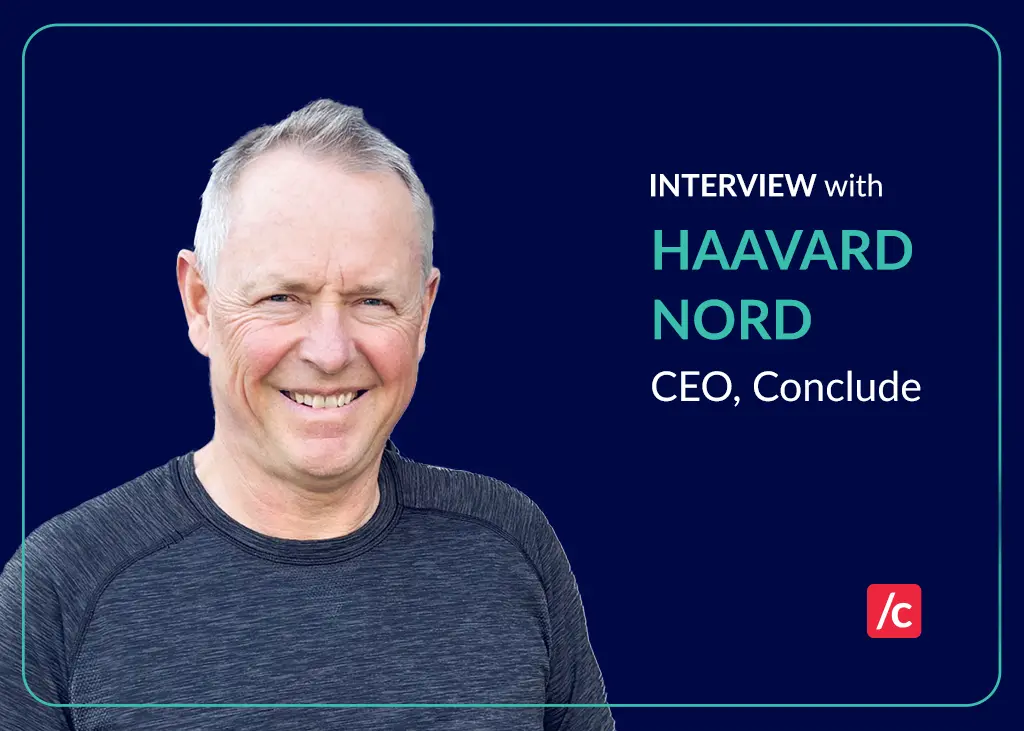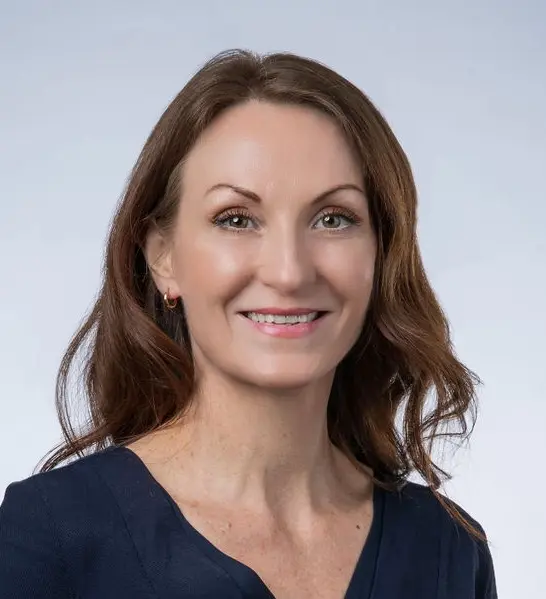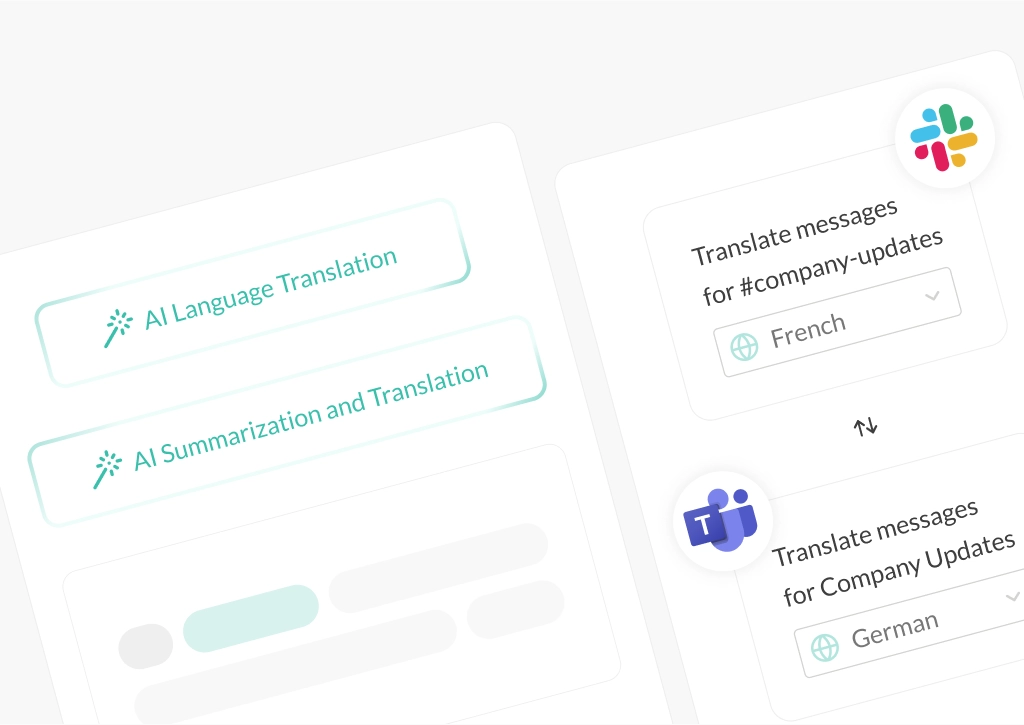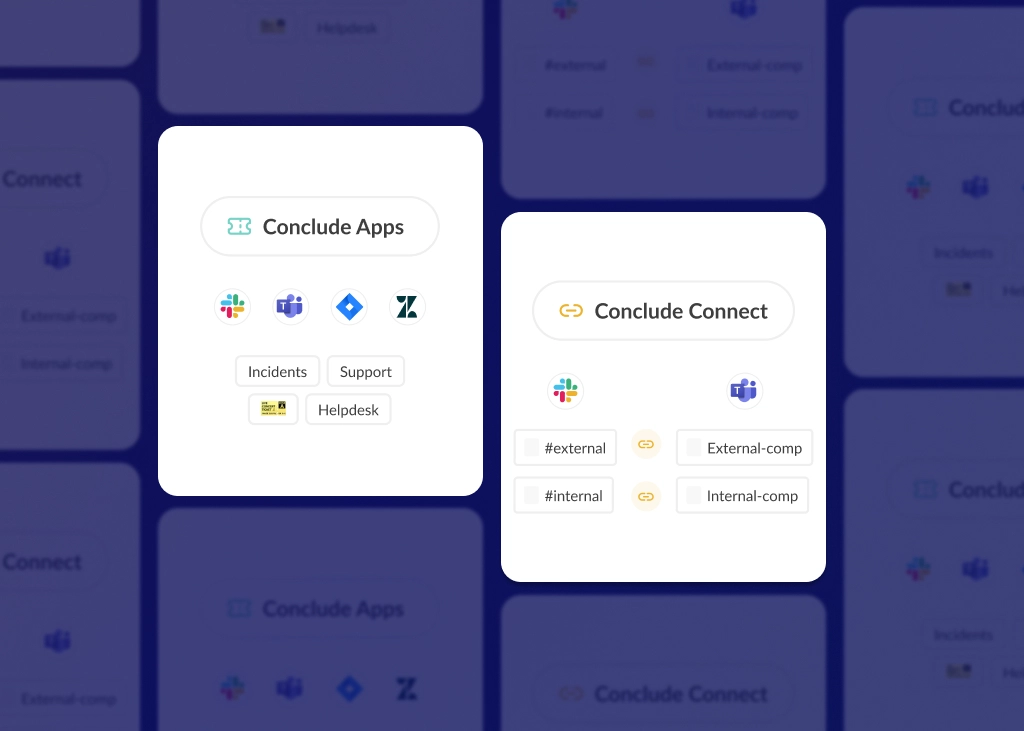Haavard Nord on Building a Collaboration Platform That Actually Works

For Haavard Nord, building Conclude wasn’t about chasing collaboration platform trends. It started with something more personal: a deep frustration with information overload, repetitive admin, and fragmented workflows.
Like many tech founders, he’s driven to solve problems.
As the inventor of Qt – the software framework now used by over a million developers to power everything from mobile apps and medical devices to infotainment systems in luxury cars – Haavard has spent decades simplifying complexity at scale.
“I can get easily overwhelmed by too much information – like a lot of other people,” he says, adding, “I’m also really bad at reading manuals and dealing with a lot of repetitive things.”
When Slack came along, it felt like a breath of fresh air.
“I quickly fell in love with the way we work in Slack," he shares. “It’s superior to email, it’s a lot faster, it’s much more engaging.” But with that speed came a new kind of chaos. “With thousands of messages, it’s so easy to lose oversight and a company can easily get paralyzed.”
That’s when Haavard started working on what would eventually become Conclude – a collaboration platform designed to bring structure to chat-based work, without losing the momentum and immediacy that makes tools like Slack and Teams so powerful.
As the CEO and co-founder of Conclude, along with other co-founders, Chief People Officer, Marianne Nord, and CTO, Lars Knoll, he’s part of a team that’s rethinking how companies collaborate across tools like Slack, Microsoft Teams, Jira, and Zendesk.
The team’s approach began with one deceptively simple idea: structure the conversation inside the tools people already use.
The Origin of Conclude: Structuring Chats in Slack
“I founded Conclude because I’m obsessed with simplifying collaboration. That has always been something I’ve been seeking.”
While chat tools had already become the hub of modern work, they weren’t built for structure. Important decisions, workflows, and tasks were buried in chat threads and lost conversations. And at the time, no one had a clear way to manage them.
Haavard’s goal was to help teams conquer the chat chaos.
In its early form, Conclude’s no-code apps were called “blueprints”. These are the apps that are installed into dedicated Slack or Teams channels for specific workflows like approvals, incident management, support tickets and bugs. Anything that requires people to come together, make a decision, and move forward.
“Basically any workflow where you would need to gather a team of people, deal with it, and then conclude it,” Haavard says. “Hence the name Conclude.”
Instead of switching between scattered tools with different UIs, teams could now manage work where the conversation was already happening – inside chat.
Conclude Connect: Bridging the Chat Divide
After launching Conclude on Slack’s marketplace, it quickly became clear that the modern workplace wasn’t built around a single tool. “We learned that – and this was not a big surprise – not everyone is using Slack,” Haavard says. “Some people prefer Jira, others use Zendesk. And there are a lot of people using Microsoft Teams.”
That insight led to the development of Conclude Connect, a solution designed to bridge communication gaps between two popular messaging platforms: Slack and Microsoft Teams.
“A couple of years ago we started building what has now become Conclude Connect, where you can connect channels and chat between Slack and Microsoft Teams,” Haavard explains. “The first step in Conclude Connect was really to create shared channels between Teams and Slack. But that’s really just bridging the chat part.”
Conclude Connect allows companies to sync conversations bi-directionally across Slack and Teams – within the same organization or with companies outside their workspace.
When asked what customers say about the tool, he says, “We keep hearing ‘wow this is really simple’. It takes minutes to create a connection the first time you start using it,” he explains. “We want to make it as simple as possible – so that anyone can do it.”
Looking ahead, the next step is to expand the platform to support ticketing and workflow apps across connected messaging programs.
“Our goal is that the apps that currently function in Slack or Microsoft Teams will be able to function across both platforms,” Haavard reveals. “So, a ticket opened in Slack could also be worked on in a Microsoft Teams environment and vice versa.”
That means enabling companies to handle workflows – like customer support, approvals, or project management – directly inside chat, even when working across tools or with organizational boundaries.
Why Conclude Isn’t Just Another Integration Tool
There are plenty of tools on the market that move data from one place to another. But as Haavard points out, many of them aren’t built for true collaboration.
“Zapier may be useful for some companies,” he says, “but it can only pass a message over a channel. It does not have the concept of a conversation or tickets or anything like that, so it cannot really be used for this type of collaboration. There’s a lot of content that it doesn’t sync.”
And for Conclude, that’s the critical difference.
Conclude was built with a different philosophy: rather than treat conversations like isolated notifications, they are the centrepiece of collaboration. The result is a deeply integrated collaboration platform – not just an integration layer.
Collaboration Platform Philosophy: Simple yet Powerful
If there’s one principle that runs through everything Haavard builds, it’s simplicity – but not at the expense of capability.
“I really dislike technology that’s enigmatic and complex and you need a degree to use it,” he says. “It should really solve problems in an intuitive way. The simpler and easier it is to use, the better.”
That belief shapes every product decision at Conclude. The team is intentional about what gets built, and – just as importantly – what doesn’t.
“We are very cautious about adding new features for the sake of it,” Haavard explains. “We want to build something in a thoughtful way, so we keep that promise of simplicity while keeping things intuitive.”
It’s a platform that feels light on the surface, but with a powerful engine under the hood. “We spend a lot of development time to keep refactoring and rebuilding the product so that we can keep it simple,” he adds.
It’s a challenging balance to maintain, but it’s one that Haavard is committed to.
“We want to keep things simple and we don’t want to add a lot of complex features and evolve Conclude into the type of product that I don’t like – you know, it has a lot of bells and whistles and 80% of the functionality is really for nobody.”
AI and Security: Opt-In Features
While many platforms seem to be embedding AI into every feature, Haavard says he is taking a more measured approach.
“Nothing in our platform really depends on AI because we know that a lot of large companies don’t want their data to become part of an LLM and they want to strictly control this.”
That flexibility is intentional.
“As a platform provider, security is super important for us,” Haavard continues. “Conclude is SOC 2 Type II certified and we’re going to add more certifications in the future.”
That said, Haavard does see a clear role for AI in the future of collaboration, especially in support workflows.
“Some of your colleagues in the future… will be AI colleagues that you could plug into chat,” he explains. “You can connect experts into workflows where the expert is an AI.”
For now, Conclude offers opt-in AI capabilities like summarization of incoming email tickets, and real-time translation between channels in up to 60 languages.
“If you have, for example, a Japanese-speaking team and an English-speaking team, we can seamlessly translate between Japanese and English – as if they were speaking the same language,” he enthuses.
Reuniting With Lars Knoll: Shared DNA
When Lars Knoll joined Conclude as CTO in 2022, it wasn’t the first time he and Haavard had worked side by side. The two had previously built Qt together.
“Lars is incredibly smart and he thinks fast – a lot faster than me,” Haavard says jokingly. “But then, you know, we have different qualities. So I think together we have a really strong vision for the platform. He’s a brilliant engineer.”
That shared vision is rooted in experience. Long before Conclude, Lars created the KHTML browser engine that would become the foundation for WebKit, the engine powering most of today’s browsers. Later, he worked as Chief Architect and CTO at Qt, which was later acquired by Nokia.
His deep understanding of web technologies and communication protocols is now helping shape the backbone of Conclude’s architecture.
“Knowing web technologies and communication is essential for what we’re doing,” Haavard says.“ And Lars just gets it. We’ve both built platforms before. We know how to think long-term.”
At Conclude, that long-term thinking means building something that’s not just relevant now, but flexible enough to support new use cases in five or ten years.
Scaling With Intention: From Vision to Velocity
Building a platform like Conclude hasn’t been about moving fast for the sake of it, it’s been about building deliberately.
“One thing I’ve learned is that building a company like this requires a lot of patience,” he says. “You have to walk through the desert for many years. You have a vision that pretty much only you believe in. You go to the investors and you try to get them to support your vision, and they basically tell you to go away.”
That patience is paying off. “We have 10 times more customers now than a year ago,” he shares. “We’re ready to scale up, because we built the technology in such a way that we are prepared to have a thousand times more customers.”
Haavard says he also made a conscious choice not to chase early VC funding. “If we had gotten venture capital two years ago with an unfinished product… we could easily get stuck on a path where it would be hard to build the collaboration platform for the future, which is what Conclude is.”
Today, he’s more confident than ever in what the team is building, and who he’s building it with.
“This is one of the smallest teams, yet it’s probably the most effective team I’ve ever worked with,” he says. “We have experts in all areas and people who really excel at what they do. So it’s not just me and my original vision. We are a team of people who are really proud of what we’re doing.”
Each morning starts the same way for Haavard: early, with coffee, and excitement.
“I don’t think I’ve ever been so happy in my professional life,” Haavard says. “I feel really good about what we’re doing.”
Ready to try Conclude? Get started free for 14 days.
 Sian Bennett
Sian Bennett Haavard Nord
Haavard Nord

